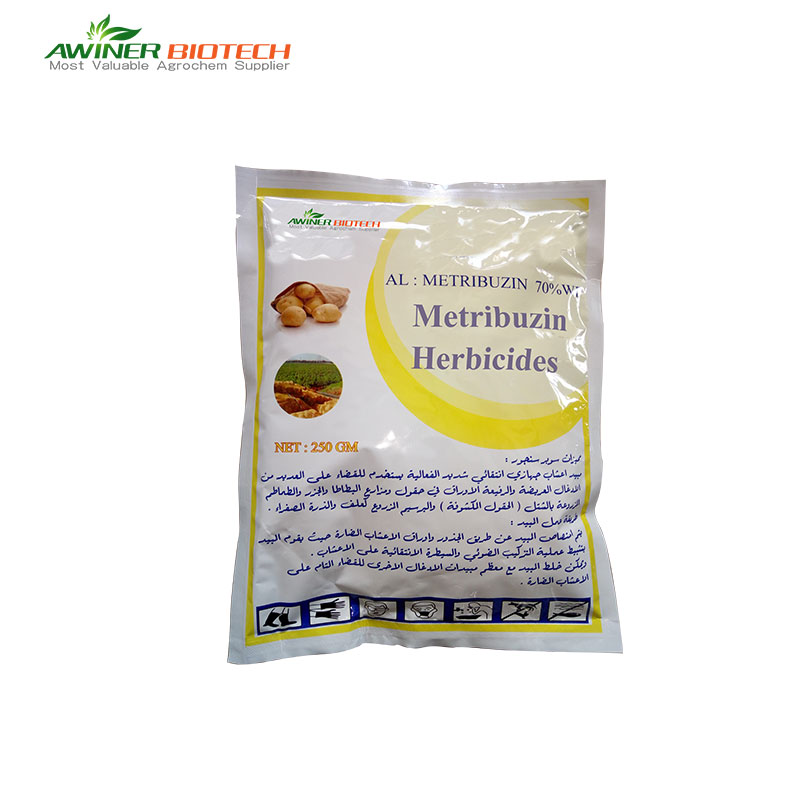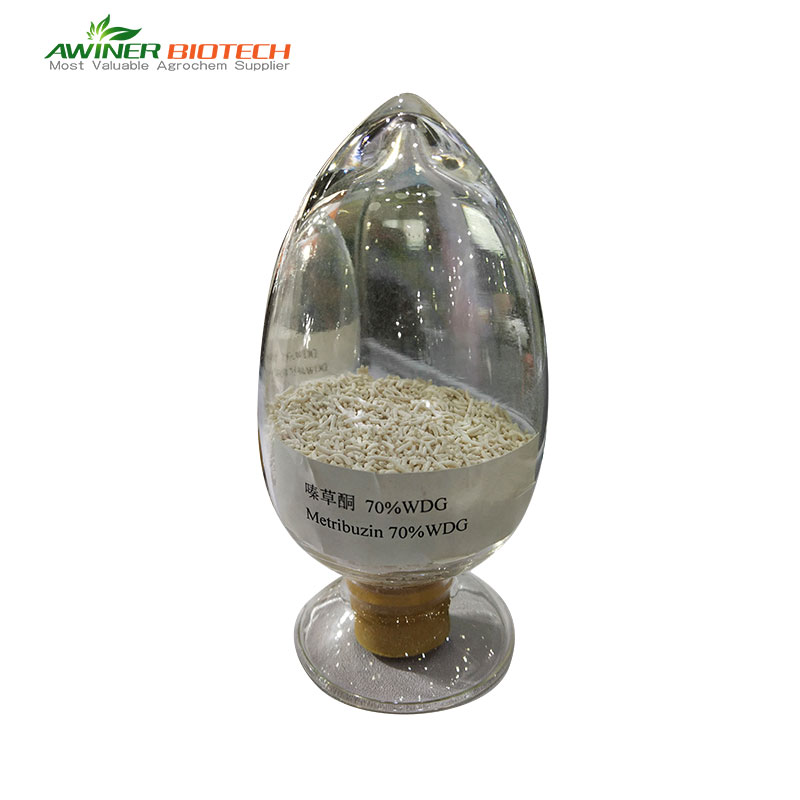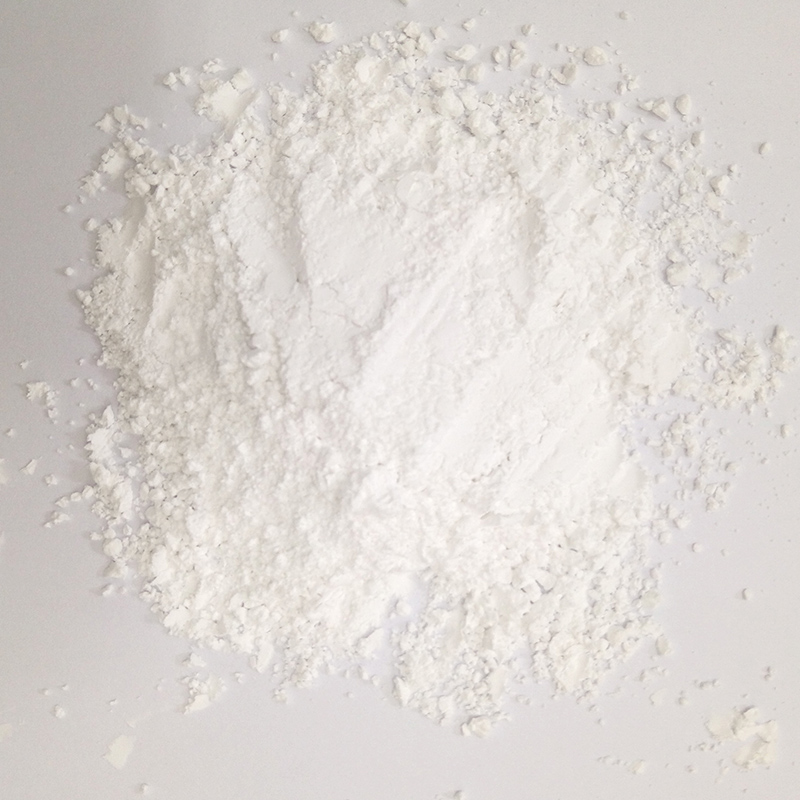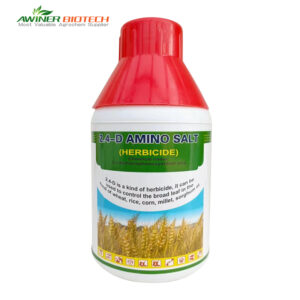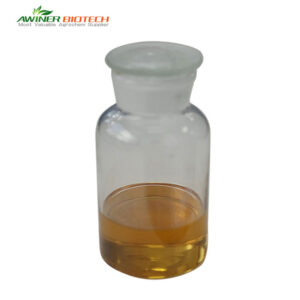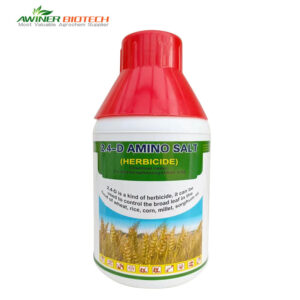- MOQ:1 ton
- Support samples
- Support customization
- Door to door transport
Description
How to use Metribuzin
Crops adapted to Metribuzin
Sugar cane, soybeans, potatoes, and coffee are suitable for Metribuzin. Due to the poor safety of soybean drug resistance at the seedling stage, Metribuzin is only suitable for pre-germination treatment of soybeans. Excessive dosage of pesticides, poor drainage in low-lying areas, stagnant water in fields, high humidity and low temperatures, and harm by pests and diseases. These conditions can cause soybean phytotoxicity. In mild cases, the leaves become dark green and shriveled. In severe cases, the leaves become chlorotic, brown and necrotic. The lower leaves are affected first, and the upper leaves are generally not affected.
The persistence period of Metribuzin in soil is affected by climatic conditions and soil type. Under normal conditions, the half-life is about 28 days and will not cause phytotoxicity to subsequent crops.
Metribuzin control targets
Mainly used to control annual broadleaf weeds and some grass weeds. Not effective on perennial weeds. Control broadleaf weeds such as polygonum, pigweed, amaranth, shepherd’s purse, and sesame. It has certain effects on some monocotyledonous weeds such as foxtail grass, crabgrass, barnyard grass, wild oats, poisonous wheat, etc. In areas with severe grass damage. Metribuzin can be mixed with a variety of herbicides such as trifluralin, alachlor, napropamide, butachlor, acetochlor, etc.
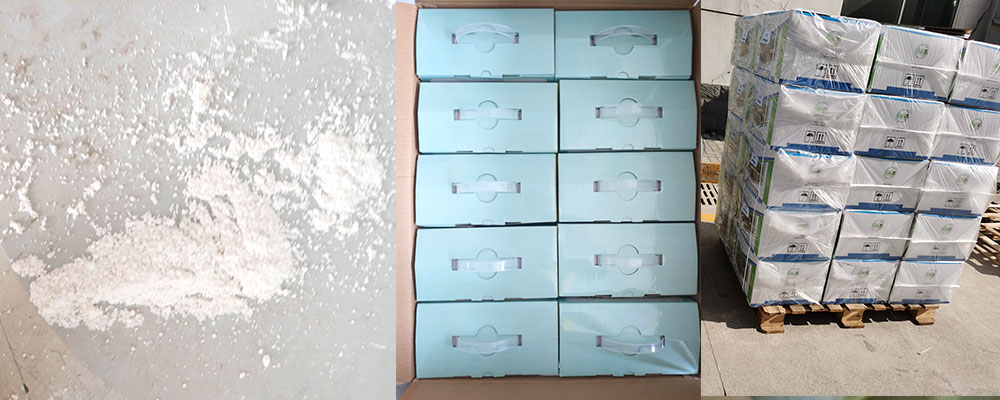
How to use this product
①Metribuzin can be used as pre-emergence or post-emergence treatment. Treat the soil before sowing or after sowing. Spray treatment can also be carried out before sowing, after sowing, before seedlings or before transplanting. If used in the seedling stage of crops, it is easy to cause phytotoxicity and reduce yields.
②The soil has an appropriate temperature that is conducive to root absorption. If the soil is dry, lightly mix the soil after applying the pesticide. As a post-emergence treatment, the weeding effect is more significant. The dosage should be reduced as appropriate, otherwise it will cause phytotoxicity to broadleaf crops.
③Soil organic matter and structure have an impact on the absorption of mesotrione. If the organic matter content is less than 2%, it is not suitable to use mesotrione in sandy soil. If the soil contains a large amount of clay and humus, the dosage should be increased as appropriate, and vice versa. Temperature also has a certain impact on the herbicidal effect and crop safety of mesotrione. The dosage is high in areas with low temperatures, and the dosage is low in areas with high temperatures.
④Do not use mefenacet in plots with a pH value equal to or greater than 7.5.
⑤ Do not apply pesticides 3 to 5 days before soybean emergence.

